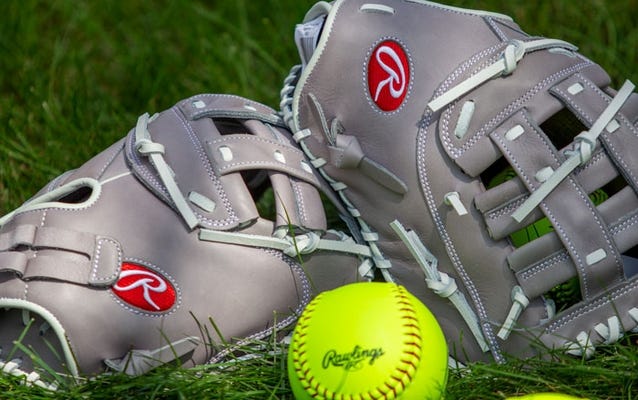Softball Gloves & Mitts
309 Results
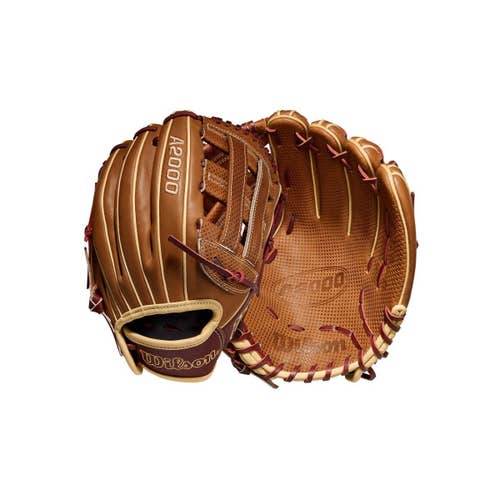
BatsAndGloves
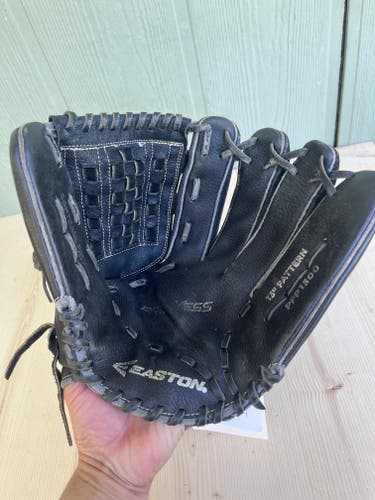
Kraken_Sports
Black Used Kid Pitch (9YO-13YO) Easton Prowess Right Hand Throw Softball Glove 13"
$51
Retail price: $150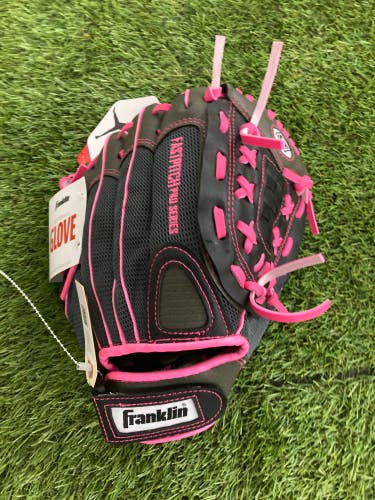
sportsxchange
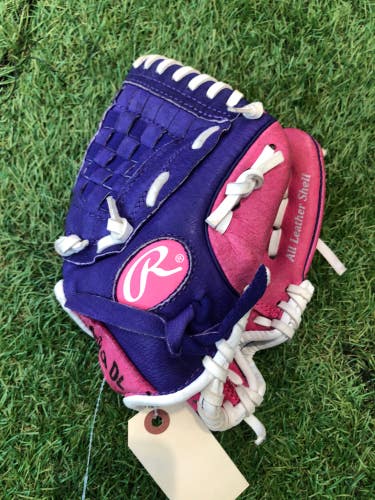
EmpireSports

Kraken_Sports

BatsAndGloves
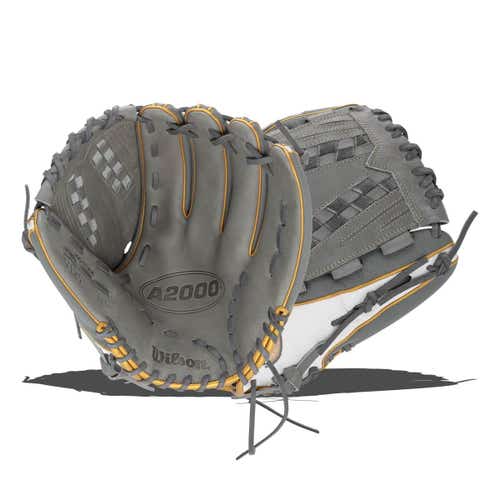
BatsAndGloves
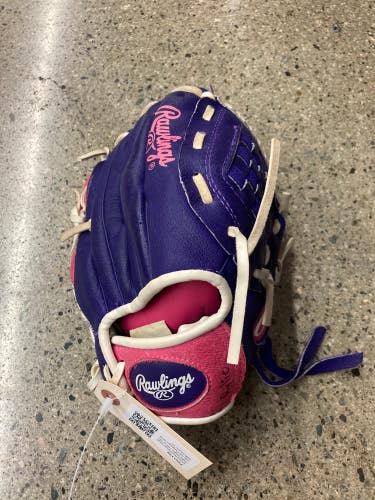
blowout_bargains

ReplayOwasso
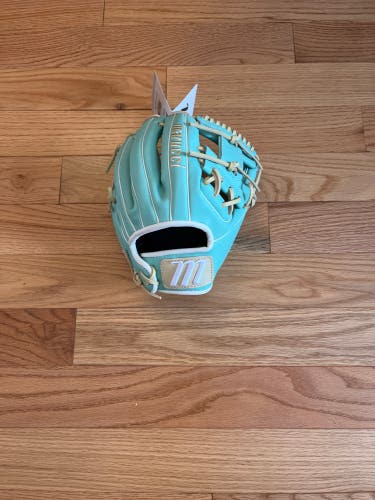
Rochesterbats
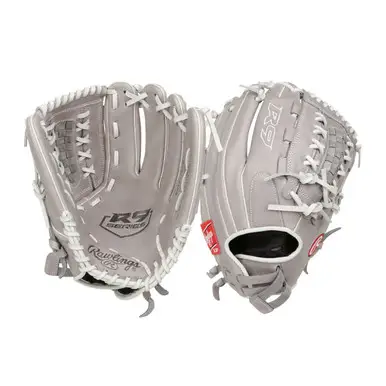
bb_moresports
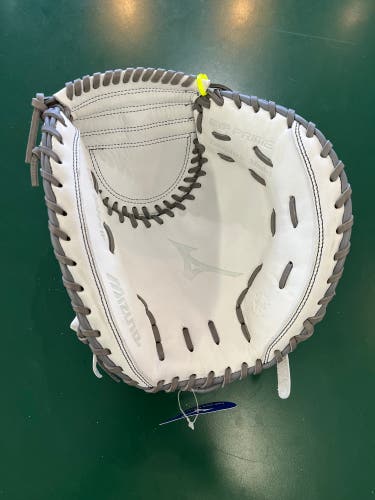
jeffsportingood

PIAS_Fullerton

Cmoura

Kale_johnstone

Gloveforsale

rscarpace
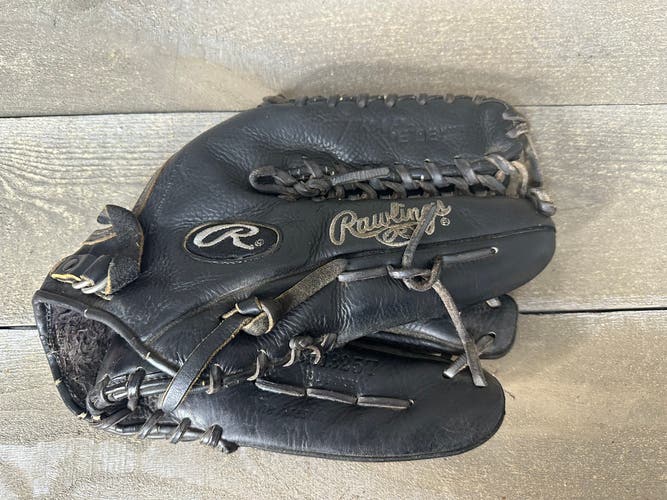
hphepic
Rawlings Silverback SB1325T 13.25” Broken In Trapeze Softball Glove Right Throw
$150
Retail price: $200
JenClarke

Rochesterbats

Rochesterbats

Groovewarehouse

bb_moresports

PIAS_Fullerton
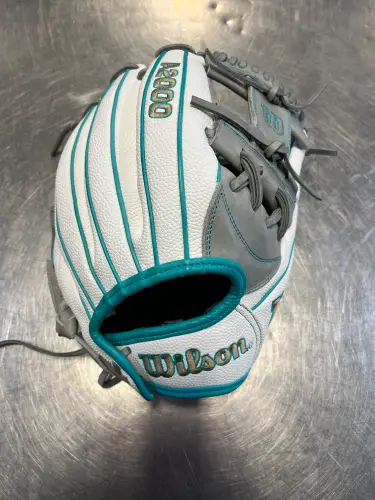
PIASOMAHA
